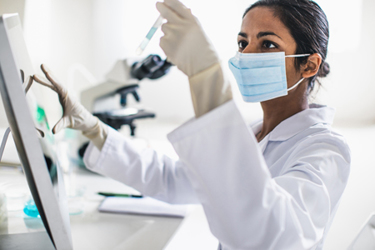Rare Disease Clinical Endpoints: Ingenuity Meets Practicality
By Raul P. Lima, Executive Vice President, Clinical Operations, inSeption Group

Endpoint science must intersect with endpoint practicality for a clinical trial to be successful. Assays must be developed to gauge whether, and to what extent, the therapy is accomplishing its target task, and if it is doing it with specificity. Typically, you are going to clinic without the benefit of volumes of animal research, or studies performed in healthy patients, neither of which are feasible/possible in gene therapy development. So, it often is hard to describe what is occurring, mechanistically, at any given time — or, more importantly, over a period of time — in humans.
Therapy developers not only need to prove clinical benefit, they need to prove the benefit is meaningful to the patient. An objective biological benefit is unlikely to be compelling for regulators and certainly will not convince payors; the results have to impact real life, or what is the point of treatment?
Creatively implementing as many elements or angles as possible in early study activities teaches researchers a lot about which endpoints do not matter or cannot be accomplished, be it remotely or in the clinic. Ultimately, the goal is to narrow that funnel significantly early in development, empowering researchers to move forward only with meaningful data, control the trial more closely, execute it more tightly, and lower its general late-stage burden.
Get unlimited access to:
Enter your credentials below to log in. Not yet a member of Pharmaceutical Online? Subscribe today.
